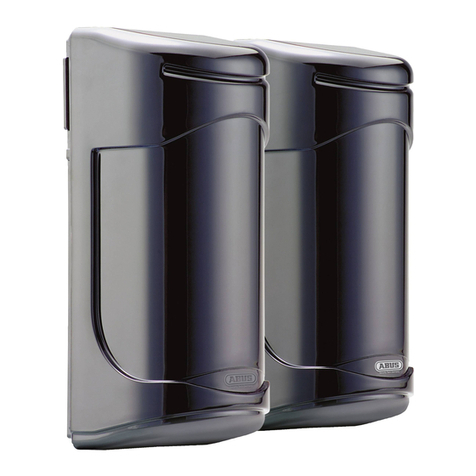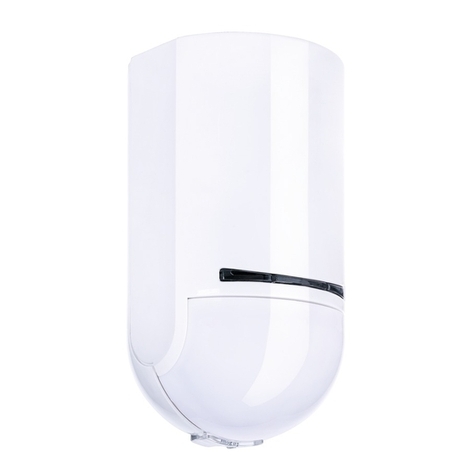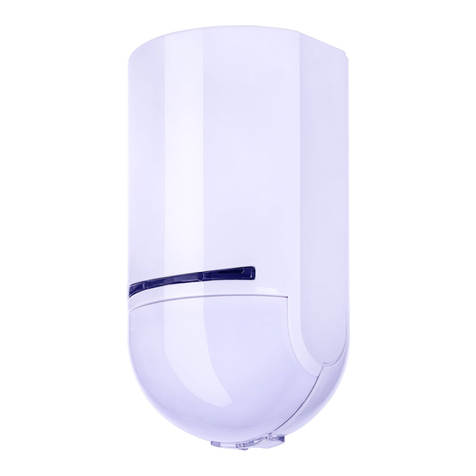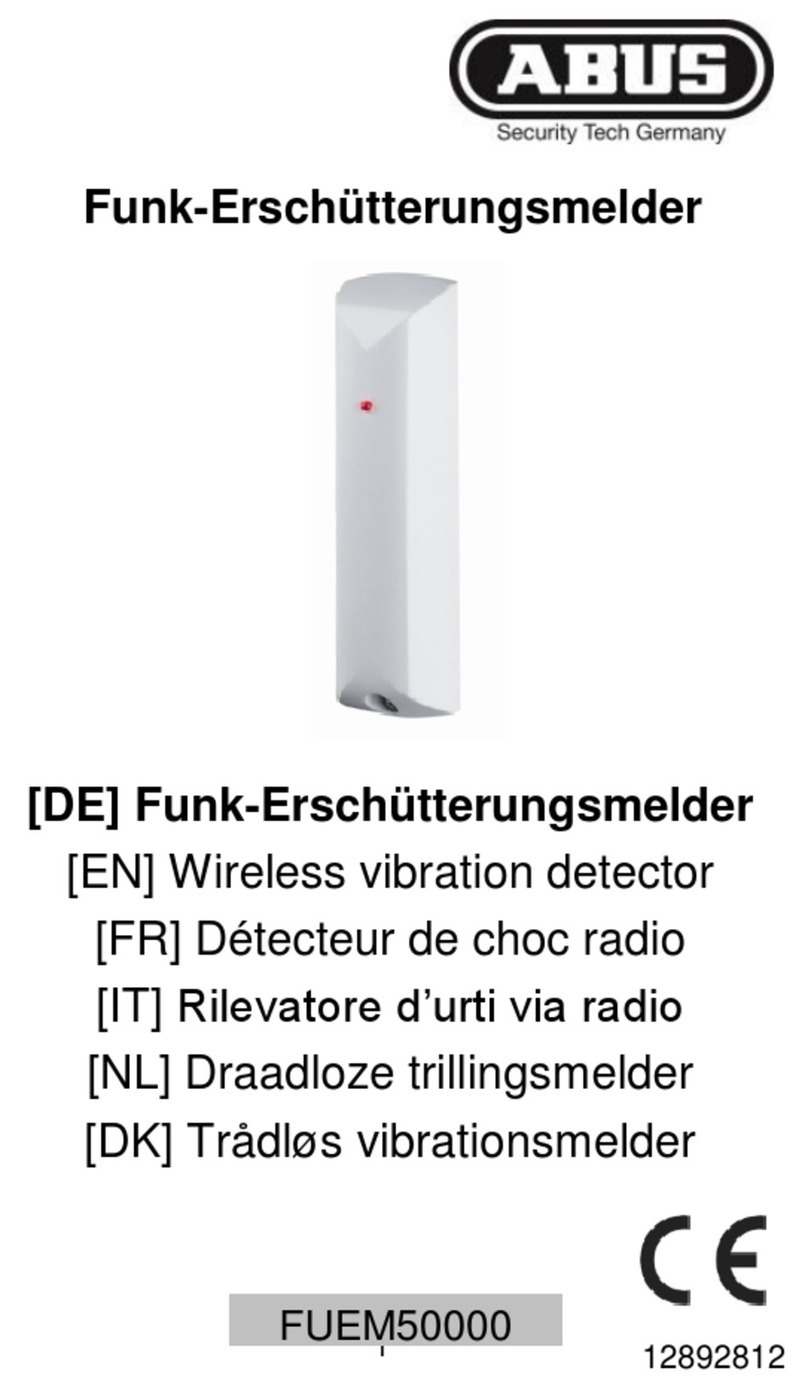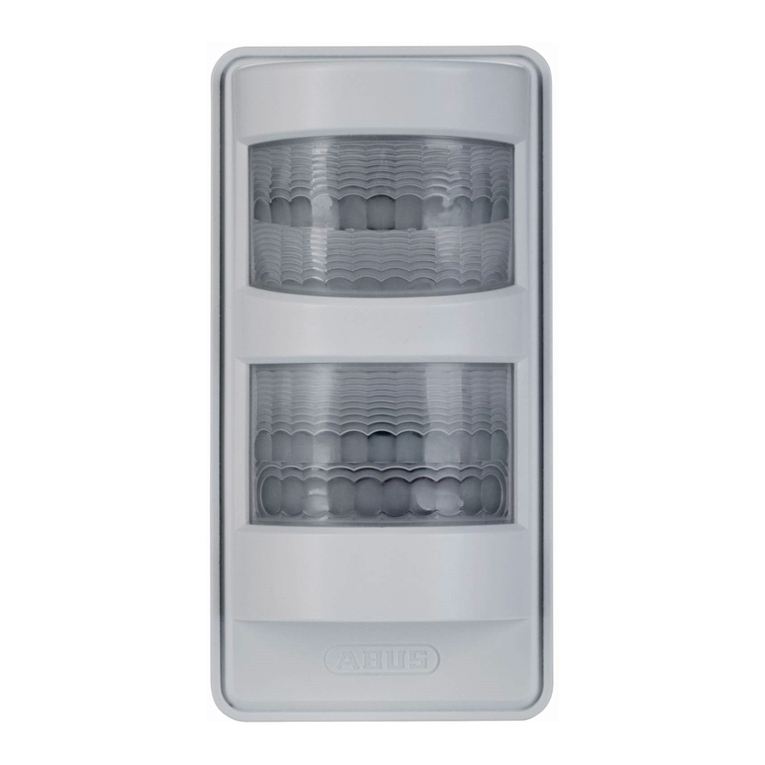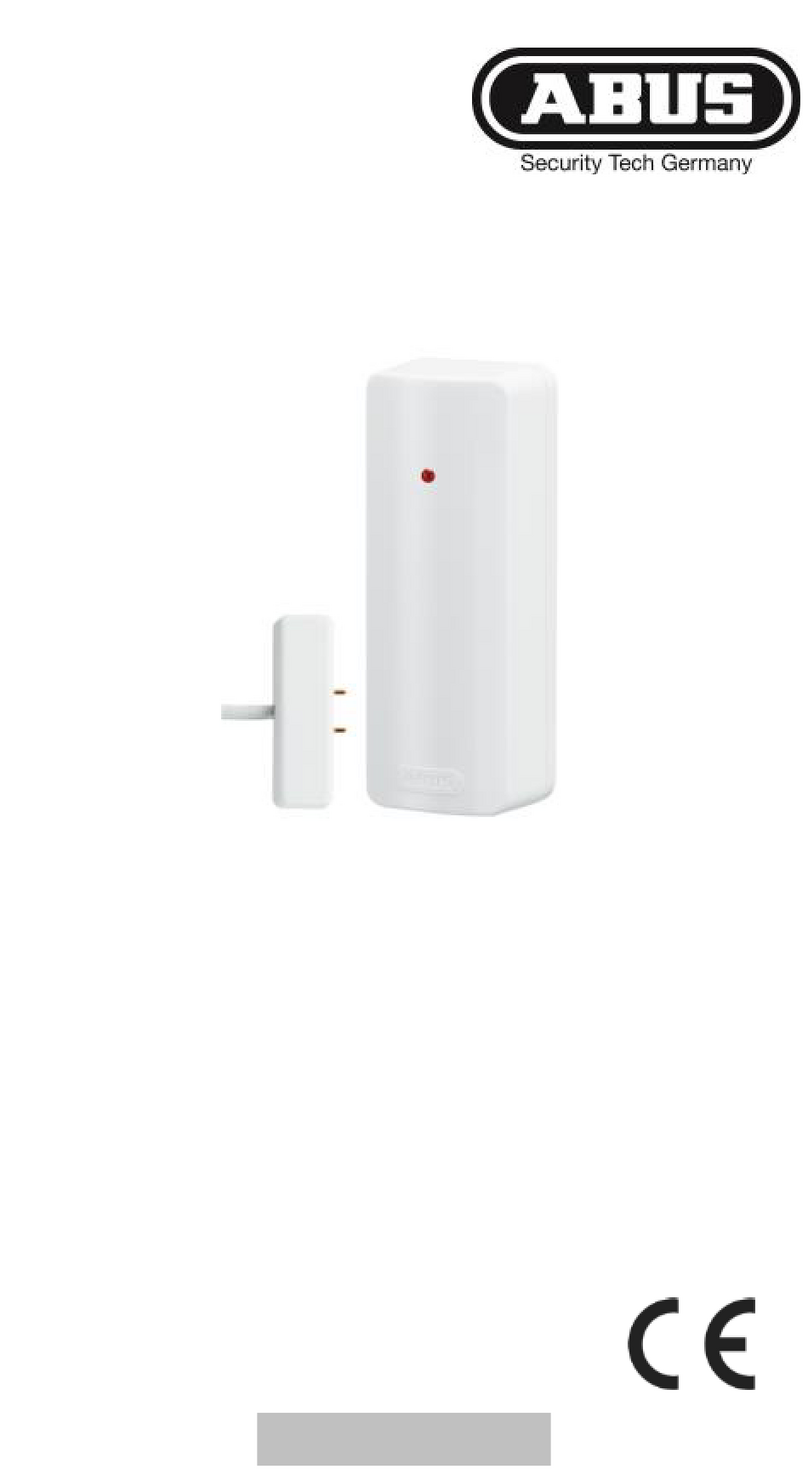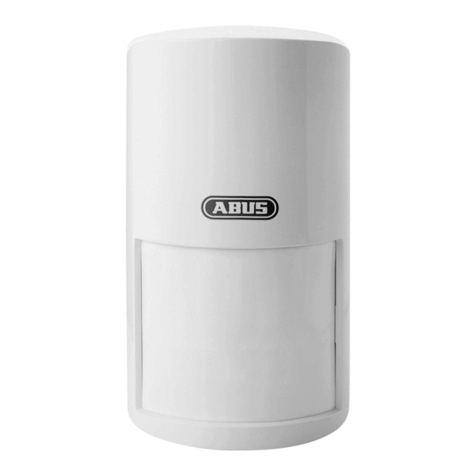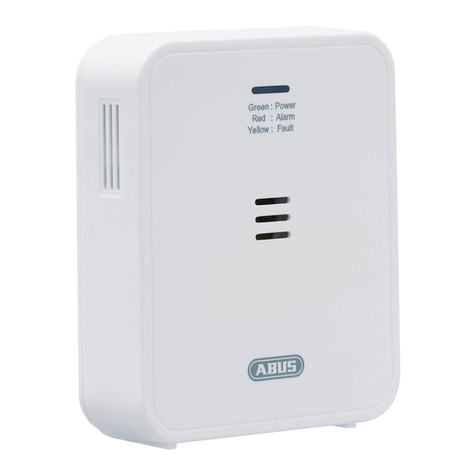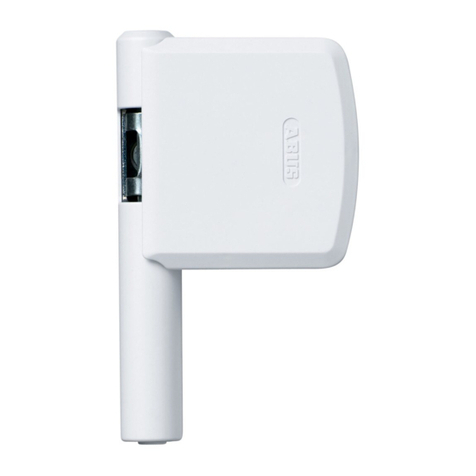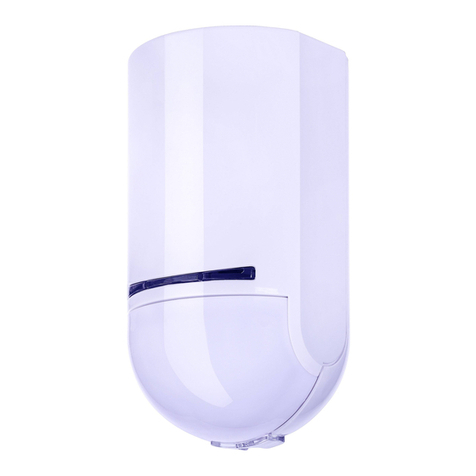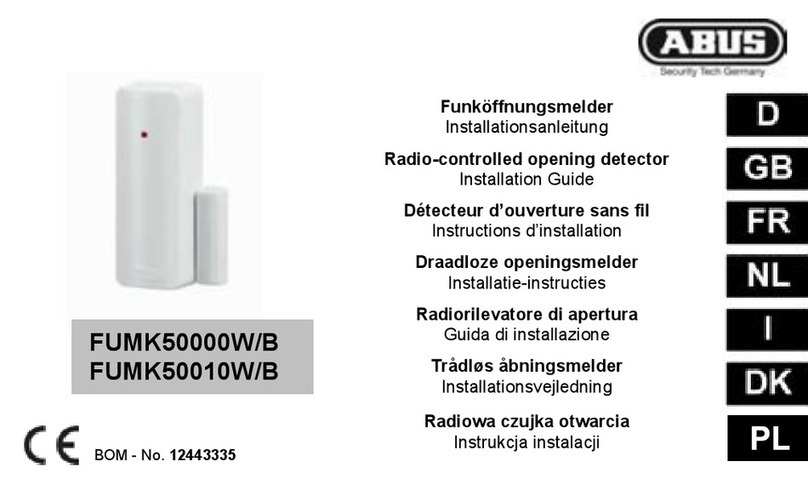Abus FU8320W User manual
Other Abus Security Sensor manuals
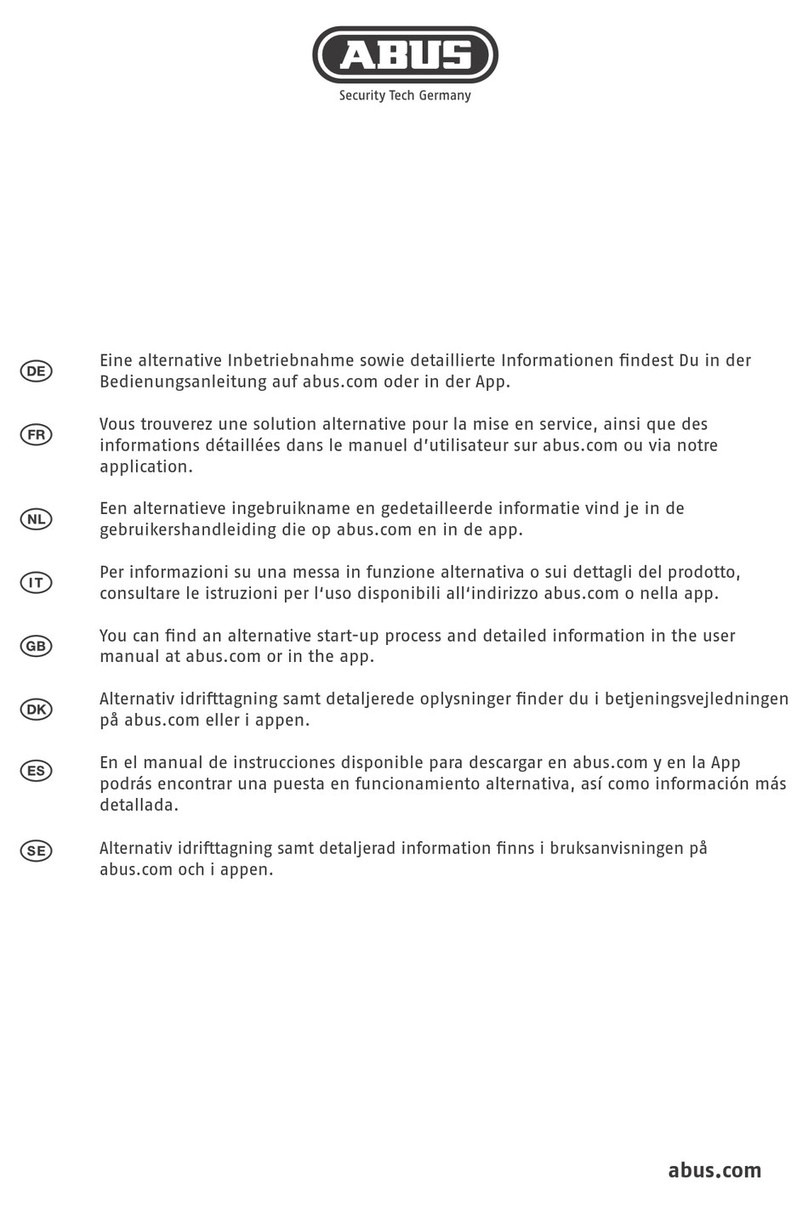
Abus
Abus FUEM35000A User manual
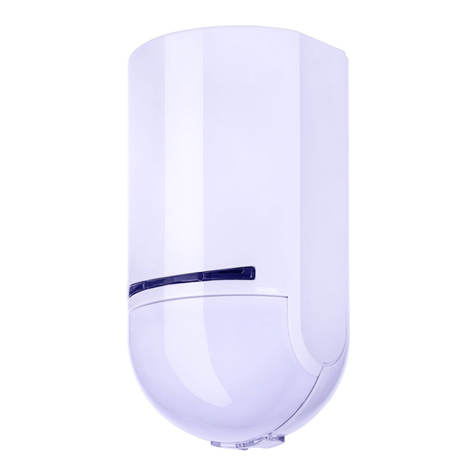
Abus
Abus FUBW50100 User manual
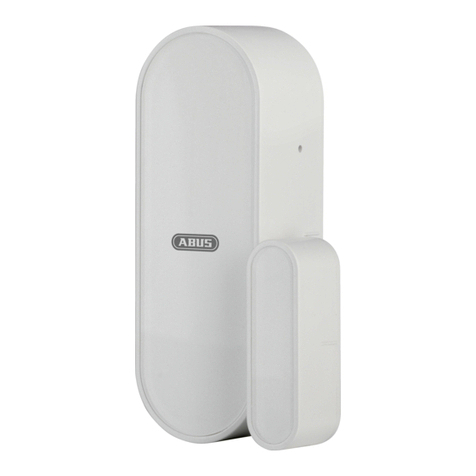
Abus
Abus SHMK10000 User manual

Abus
Abus FUMK50020W User manual
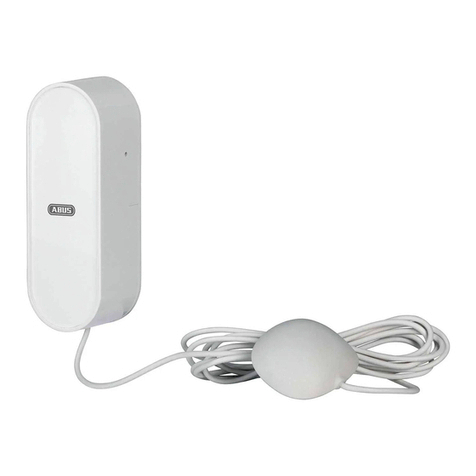
Abus
Abus SHWM10000 User manual
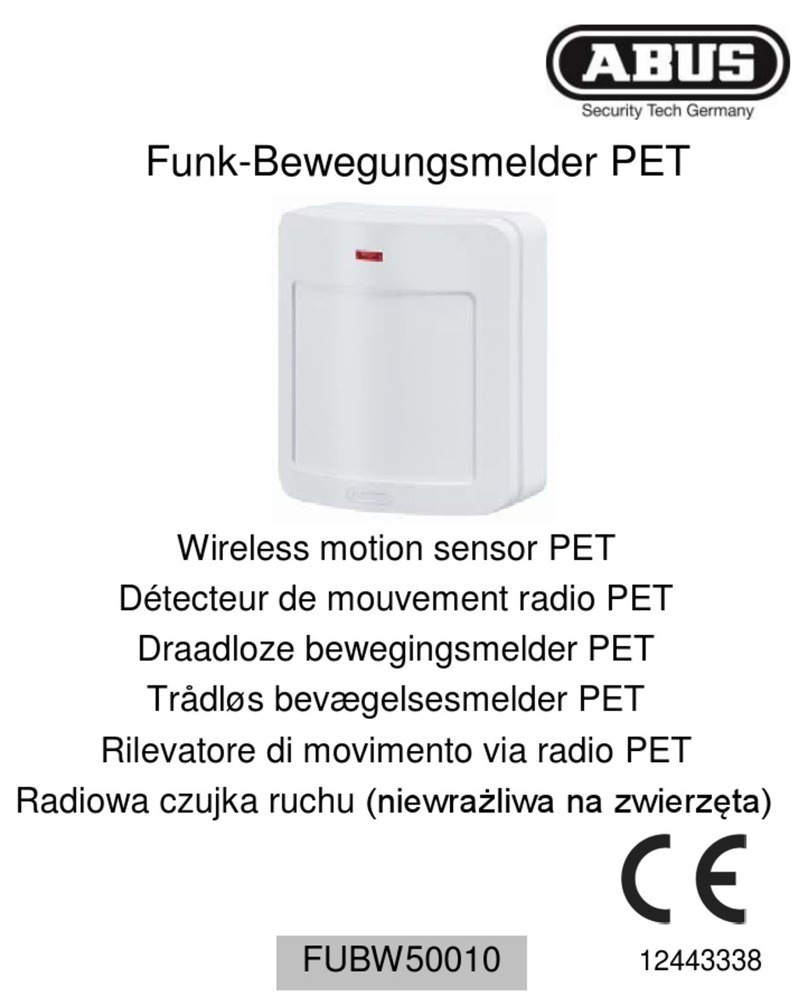
Abus
Abus FUBW50010 User manual
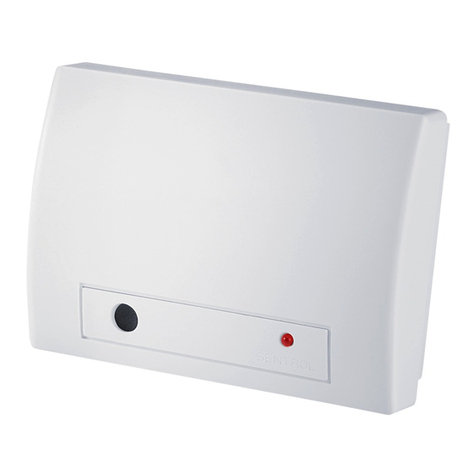
Abus
Abus Security-Center FU5130 User manual
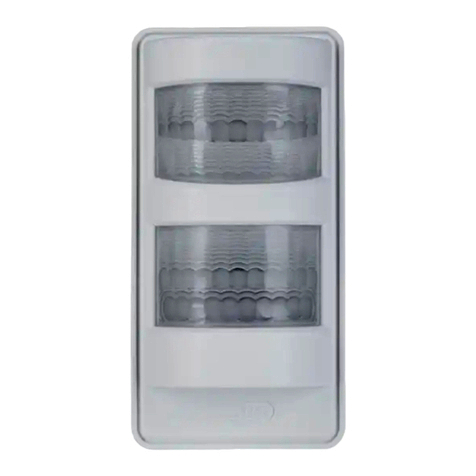
Abus
Abus PLBW10000 User manual
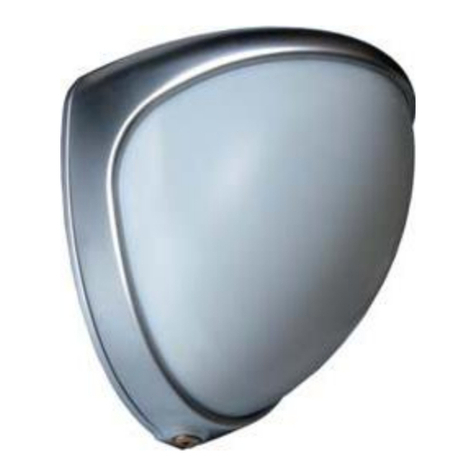
Abus
Abus FUBW50020 User manual
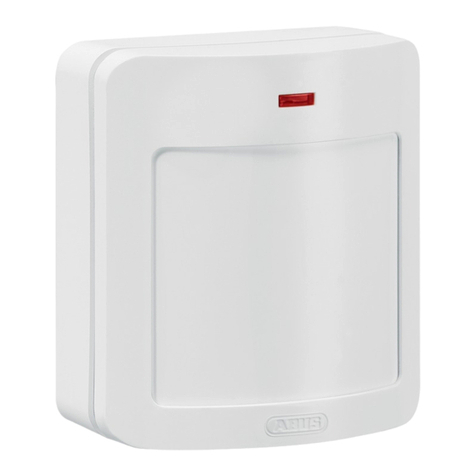
Abus
Abus Secvest 2WAY FU8360 User manual
Popular Security Sensor manuals by other brands

Shinko
Shinko SE2EA-1-0-0 instruction manual

Det-Tronics
Det-Tronics X Series instructions

ACR Electronics
ACR Electronics COBHAM RCL-300A Product support manual

TOOLCRAFT
TOOLCRAFT 1712612 operating instructions

Elkron
Elkron IM600 Installation, programming and functions manual

Bosch
Bosch WEU PDO 6 Original instructions

